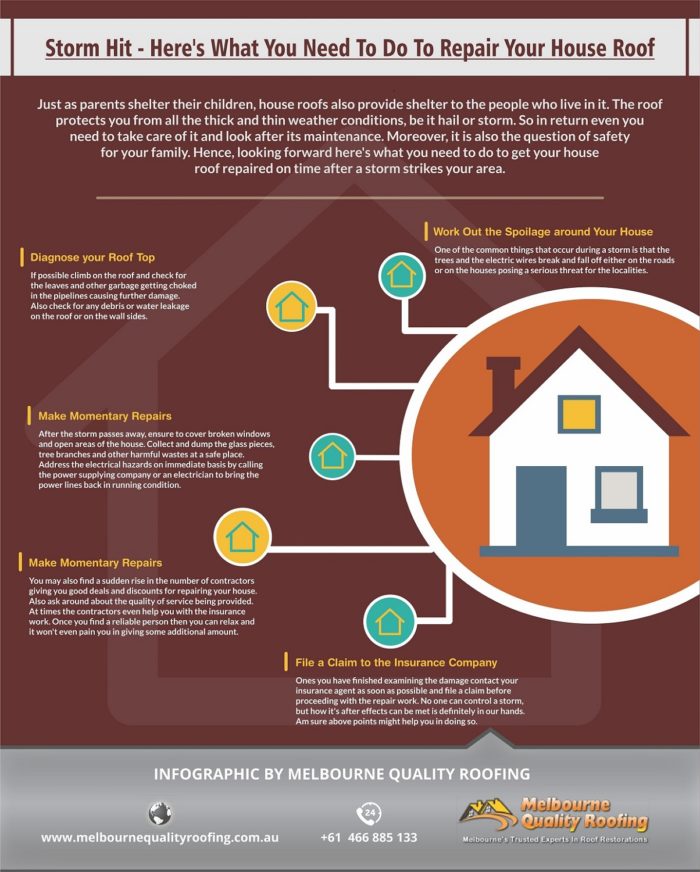An Introduction To The Basics Of Solar Power Systems And Their Functionality
An Introduction To The Basics Of Solar Power Systems And Their Functionality
Blog Article
Content Created By-Espensen Erickson
So, you've read about photovoltaic panels and their prospective to generate electrical energy from sunshine, yet exactly how specifically do they function? Understanding the elaborate innovation behind solar panels can be an interesting journey into the globe of renewable energy. From the basic principles of solar batteries to the detailed components that make up a photovoltaic panel system, there's an entire realm of knowledge waiting to be checked out. Allow's unravel the enigmas of solar panel innovation with each other.
Photovoltaic Panel Modern Technology Basics
To really comprehend the significance of photovoltaic panel technology, you need to delve into the essential principles that underpin its functionality. Solar panels contain photovoltaic cells, commonly made from silicon, which have the remarkable ability to convert sunlight right into electrical energy with the photovoltaic effect. When sunshine hits the cells, the photons in the light interact with the silicon atoms, causing the electrons to break devoid of their atomic bonds. This develops an electrical current that can then be used for powering numerous devices.
The key component of solar panels is the semiconductors within the photovoltaic cells, which facilitate the conversion of sunlight into usable electrical energy. These semiconductors have both positive and unfavorable layers, producing an electrical area that permits the flow of electrons.
This flow of electrons, when linked in a circuit, creates straight present (DC) electrical power. Recognizing these basic principles is vital for valuing just how photovoltaic panels can harness the sunlight's energy to power homes, companies, and even satellites in space.
How Solar Panels Generate Power
Solar panels harness the sun's power by converting sunlight into power with a process known as the photovoltaic or pv impact. When https://www.theepochtimes.com/ban-on-domestic-use-of-silica-on-the-cards_5087802.html hits the solar panels, the photons (light fragments) are absorbed by the semiconducting materials within the panels, typically made from silicon. This absorption produces an electrical present as the photons knock electrons loose from the atoms within the material.
just click the following page within the solar batteries after that compel these electrons to flow in a particular instructions, creating a straight current (DC) of electricity. solar panel installation for home is after that gone through an inverter, which transforms it into alternating existing (AC) electricity that can be utilized to power your home or service.
Excess electricity created by the solar panels can be stored in batteries for later use or fed back into the grid for credit report with a process called net metering. Recognizing exactly how solar panels create electrical power is essential to valuing the ecological and cost-saving benefits of solar power systems.
Comprehending Solar Panel Elements
One critical element of photovoltaic panel modern technology is understanding the numerous components that comprise a photovoltaic panel system.
The key parts of a solar panel system include the photovoltaic panels themselves, which are composed of photovoltaic cells that convert sunshine right into electrical power. These panels are mounted on a framework, often a roof covering, to capture sunshine.
Along with the panels, there are inverters that convert the direct current (DC) electricity generated by the panels right into alternating current (AIR CONDITIONER) electrical energy that can be made use of in homes or organizations.
The system likewise consists of racking to sustain and position the solar panels for optimal sunlight exposure. In addition, cords and ports are necessary for transporting the power generated by the panels to the electrical system of a building.
Last but not least, a tracking system might be consisted of to track the efficiency of the photovoltaic panel system and guarantee it's operating successfully. Comprehending these elements is vital for anyone aiming to set up or utilize solar panel modern technology effectively.
Final thought
Now that you recognize the essentials of photovoltaic panel innovation and how it functions, you can value the power of using sunlight to create clean and renewable energy for your structure. By making use of the photovoltaic or pv result and elements like inverters and keeping an eye on systems, you can add to a more lasting future while also possibly reducing energy prices. Maintain discovering and exploring the opportunities of solar power for a greener tomorrow.
